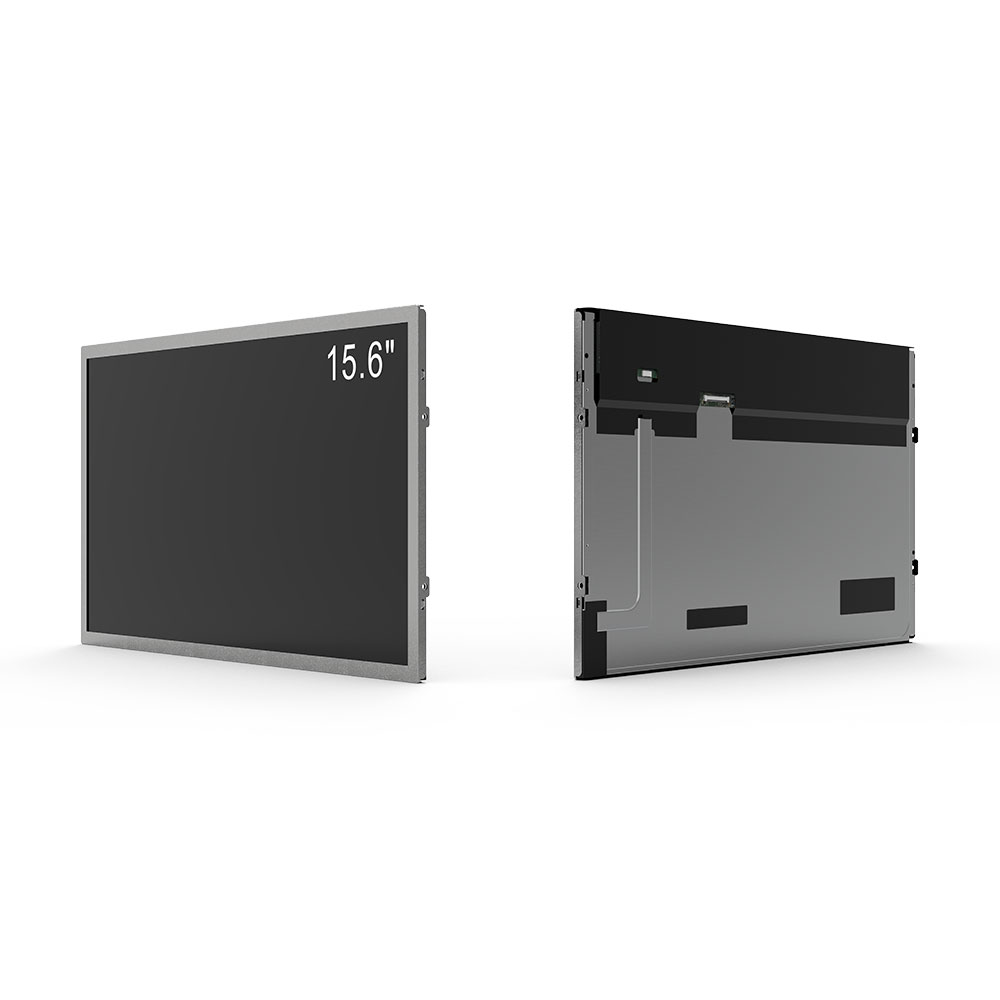- Hemsida
- Om oss
- Produkter
- Nyheter
- Videoklipp
- Kontaktinformation
- Skicka förfrågan
Sök
- Hemsida
- Om oss
- Produkter
- Nyheter
- Videoklipp
- Kontaktinformation
- Skicka förfrågan

LCD-skärmar med hög ljusstyrka har blivit en viktig komponent i moderna passagerarinformationssystem (PIS), särskilt i utomhusmiljöer som busshållplatser, tågstationer, flygplatser och transitcentrum. Dessa skärmar måste fungera tillförlitligt under extrema belysningsförhållanden - allt från direkt solljus till nattdrift med lågt ljus - samtidigt som de levererar tydligt och läsbart innehåll till resenärerna. Med framsteg inom displayteknik och ökande efterfrågan på transportuppdateringar i realtid är LCD-skärmar med hög ljusstyrka nu standardlösningen för offentlig digital skyltning.
Den nyckelmetrik som definierar en LCD med hög ljusstyrka är dess luminansutgång, vanligtvis mätt i nits (candelas per kvadratmeter). Medan standard inomhus LCD-skärmar varierar från 200 till 400 nits, utomhus PIS-skärmar kräver minst 5000 nits - vissa kommersiella modeller når upp till 10 000 nits eller mer. Enligt industristandarder som EN 50155 för järnvägsanvändningar och IEC 60068 för miljömässig motståndskraft måste utomhusskärmar bibehålla synlighet även under direkt solljus, som kan överstiga 100 000 lux. LCD-skärmar med hög ljusstyrka uppnår detta genom att använda avancerad bakgrundsbelysningsteknik som LED-matriser med diffusa optiska filmer och lokala dimningszoner för att optimera både strömeffektivitet och visuell klarhet.
Utöver ljusstyrkan måste dessa skärmar också uppfylla stränga hållbarhetskrav. De är vanligtvis konstruerade med aluminiumramar, härdat glas täcker (ofta Gorilla Glass eller liknande) och IP65 eller högre väderbeständiga betyg för att motstå damm, vattenintrång och UV-nedbrytning. Till exempel har Siemens och Hitachi använt högljusstyrka LCD-baserade PIS i stora europeiska järnvägsnät, där enheter tål temperaturer från -30 ° C till +60 ° C och fuktighetsnivåer upp till 95%. En sådan tillförlitlighet är avgörande för att minimera underhållskostnaderna och säkerställa driftskontinuitet.
När det gäller innehållsleverans integreras LCD-skärmar med hög ljusstyrka ofta med molnbaserade hanteringsplattformar som tillåter fjärrplanering, innehållsuppdateringar och prestandaövervakning via Ethernet eller mobilanslutning. Utplaceringar i verkliga världen, till exempel Londons tunnelbanas digitala skärmar "Next Train" eller Singapores Land Transport Authority (LTA) -system, visar hur LCD-skärmar med hög ljusstyrka förbättrar pendlarnas upplevelse genom att minska väntan genom exakta ankomsttider, serviceavarningar och nödvändighetsmeddelanden.

Från ett tekniskt perspektiv har övergången från äldre CRT- och fluorescerande bakgrundsbelysta skärmar till LED-bakgrundsbelysta LCD-skärmar med hög ljusstyrka minskat energiförbrukningen med upp till 40% samtidigt som livslängden ökar - från 30 000 timmar för äldre enheter till över 60 000 timmar för nuvarande modeller. Detta gör dem inte bara miljömässigt hållbara utan också ekonomiskt gynnsamma för långsiktig användning i offentlig infrastruktur.
Eftersom städer omfamnar smarta mobilitetslösningar kommer integrationen av högljusstyrka LCD-skärmar i PIS att fortsätta växa. Framtiden omfattar AI-drivna adaptiva ljusstyrkor, beröringsaktiverade gränssnitt för interaktiva kiosker och integration med 5G-anslutna IoT-sensorer för prediktiv analys. Industriledare som LG Display, Samsung och BOE utvecklar redan nästa generations moduler med HDR-stöd och förbättrat färgskala för bättre användarintengagemang - även i ljust dagsljus.
För transportmyndigheter och stadsplanerare innebär investeringar i LCD-teknik med hög ljusstyrka tydligare kommunikation, förbättrad säkerhet och förbättrad övergripande passagerarupplevelse. Eftersom den globala stadsbefolkningen ökar och kollektivtrafiken blir mer komplex är rollen för robusta LCD-skärmar med hög ljusstyrka i passagerarinformationssystem inte längre valfri - det är grundläggande.